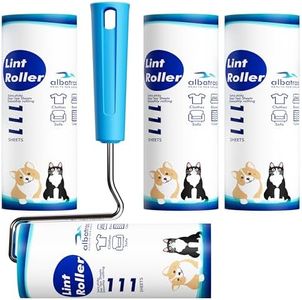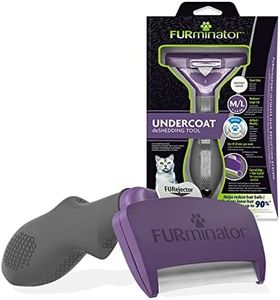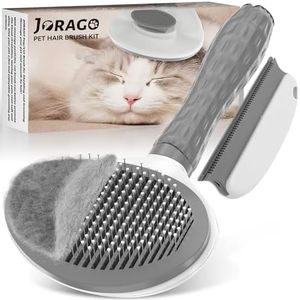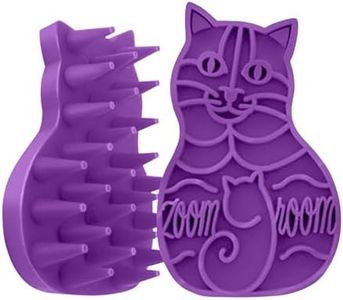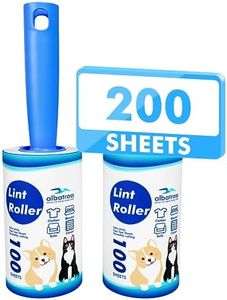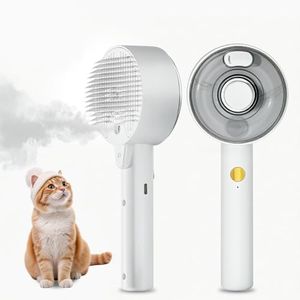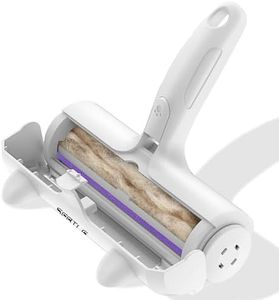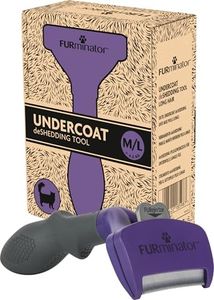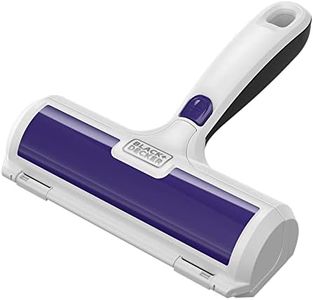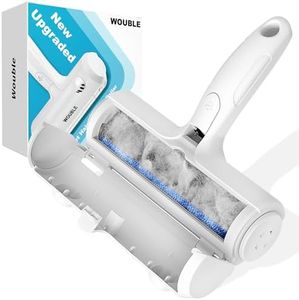We Use CookiesWe use cookies to enhance the security, performance,
functionality and for analytical and promotional activities. By continuing to browse this site you
are agreeing to our privacy policy
10 Best Cat Hair Removers
From leading brands and best sellers available on the web.Buying Guide for the Best Cat Hair Removers
Choosing the right cat hair remover can dramatically improve your home’s cleanliness and help manage pet hair on furniture, clothing, and other surfaces. While every product promises to remove fur, the differences in design, surface compatibility, and ease of use mean some removers will work better for certain people and situations. To buy a remover that’s a great fit for you, it’s important to understand the most important features and how they relate to your needs—whether you’re dealing with daily light shedding or major shedders, delicate fabrics or sturdy upholstery. Focusing on a few key aspects will help you make a confident and informed decision.Type of Hair RemoverCat hair removers come in several main forms, such as sticky roller tapes, rubber brushes, mitts, lint brushes, and electric or reusable devices. This describes the tool’s basic operating method. Sticky rollers are best for quickly picking up hair from clothing or upholstery, while rubber brushes and mitts work well on soft surfaces and are also useful for grooming the cat directly. Reusable brushes or rollers that use static electricity or special materials are more environmentally friendly and cost-effective over time. Your choice should be guided by how and where you plan to use it: opt for sticky rollers for on-the-go and fast jobs, mitts or brushes for regular home cleaning and furniture, and reusable devices if you prefer sustainability and regular use.
Surface CompatibilityThis spec explains what surfaces the remover can safely and effectively clean, such as clothes, upholstery, car interiors, hard surfaces, or bedding. Some removers are gentle and ideal for delicate fabrics, while others have stronger materials for carpets or rougher surfaces. Choosing the right compatibility depends on where you notice the most cat hair—frequent travelers may prioritize garment compatibility, while owners with fur-covered couches will need something suited for upholstery. Consider your home’s most affected surfaces and ensure the remover lists those among its recommended uses.
Ease of Cleaning and MaintenanceAfter picking up cat hair, many removers need to be cleaned themselves. This can range from tossing a disposable sticky sheet, rinsing out a mitt, or emptying a collection chamber in a reusable tool. This feature is important for long-term convenience and hygiene. Some users prefer single-use products for their low-maintenance nature, while others choose reusable options to avoid waste and ongoing purchases. Think about how much effort you’re willing to put into cleaning the remover, especially if you’ll use it frequently.
Ergonomics and User ComfortErgonomics refers to how comfortable and easy the remover is to hold and use, especially during longer cleaning sessions. Lightweight, well-shaped handles or gloves can reduce hand fatigue, while larger removers can cover wider areas quickly. If you struggle with grip strength or have lots of surfaces to clean, comfort and ease of use might be a top priority. Check the shape and weight in product descriptions or reviews to match it to your personal comfort needs.
Reusability and Environmental ImpactThis tells you whether the remover is made for one-time use (like tear-away lint rollers) or can be used repeatedly (such as silicone or fabric brushes). Reusable products reduce waste and are better for the environment, but may require more cleaning and care. Disposable options are quick and convenient but mean regular repurchasing. If you prefer to reduce waste and save money over time, look for washable or refillable options.
PortabilityPortability is about how easy it is to carry and use the remover while traveling or on the go. Small rollers, pocket brushes, or compact mitts are best if you need to quickly remove hair from clothes or car interiors when you’re outside the home. For home use, size may be less of a concern. If you’re often out and about or want to keep a remover handy in your bag or car, look for compact, travel-friendly designs.



